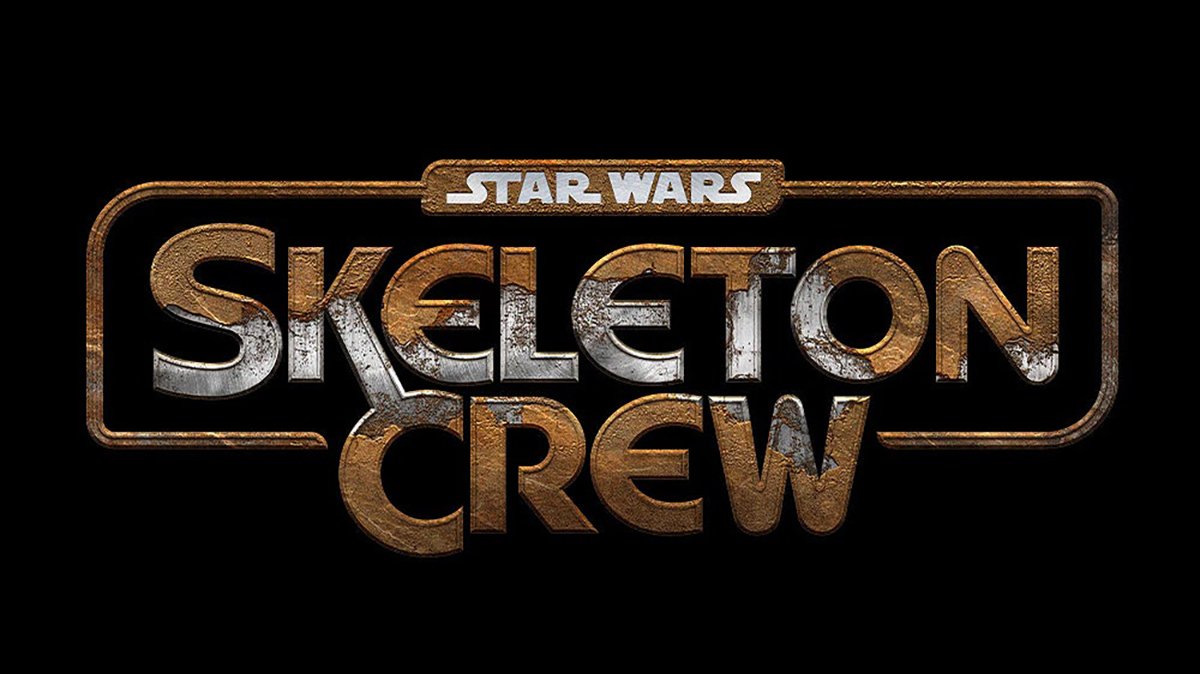
For Star Wars fans, criticizing Disney’s take on the franchise has become almost a sport. But even the harshest critics have to tip their hats to the brilliance of “Twin Suns,” the episode of Star Wars Rebels featuring the best lightsaber duel of the Disney era.
Building the Tension
The brilliance of the duel lies in its ability to subvert expectations. We know, thanks to the film chronology, that Obi-Wan must survive. Yet, the episode, titled “Twin Suns,” masterfully creates doubt.
Obi-Wan’s advanced age (his design reflects his weathered appearance in A New Hope, not the more agile Clone Wars version) and his clear desire to avoid conflict raise questions about his ability to confront the still-dangerous Maul. The image of the calm, elderly Jedi facing a fierce adversary builds a palpable sense of unease.
The Reluctant Warrior vs. The Consumed Sith
This tension is heightened by the contrasting characters of Obi-Wan and Maul. Obi-Wan’s reluctance to fight stands in stark contrast to Maul’s simmering rage. As they circle each other, lightsaber holstered, the silence stretches, thick with anticipation. Even when Obi-Wan ignites his blade, the fight doesn’t erupt immediately. The slow, deliberate movements – Obi-Wan adopting his master Qui-Gon Jinn’s stance, Maul shuffling impatiently – amplify the anxiety. We see a resolute Obi-Wan, but are we truly convinced he’s ready?

The answer comes swiftly. Obi-Wan deflects Maul’s flurry of attacks before decisively defeating him with the same maneuver that took down Qui-Gon. This not only resolves the fight quickly but also delivers a powerful message: Obi-Wan always knew he could win, but simply chose to avoid conflict.
Beyond Lightsaber Clashes: Character Arcs Collide
The true depth of the duel lies in how it reveals the core of these characters. As Dave Filoni, co-creator of Rebels and co-writer/director of “Twin Suns,” explained, their contrasting personalities define the action. Obi-Wan, through meditation and exile, has achieved a level of peace. He’s no longer the impulsive youth who fought Maul out of anger. Maul, however, remains fixated on that defining moment, his rage consuming him.
“Obi-Wan would rather not kill,” Filoni says. He has grown beyond the need for vengeance. Maul, on the other hand, is “hung up on that exact moment.” His inability to move on fuels his hatred.
Even in victory, Obi-Wan displays compassion. As Maul breathes his last, cradled by his former adversary, Obi-Wan expresses sadness. He recognizes Maul’s tragic state, a man consumed by bitterness. This final act highlights Obi-Wan’s growth, his ability to offer forgiveness even to a relentless foe.

A Lightsaber Duel Steeped in Emotion
The duel in Rebels goes beyond dazzling displays of swordsmanship. It’s a layered encounter rich with character development and emotional resonance. It forces us to confront the burden of vengeance and the power of forgiveness. This depth and complexity solidify Obi-Wan vs. Maul in Rebels as the crowning achievement of lightsaber duels in the Disney era of Star Wars.

